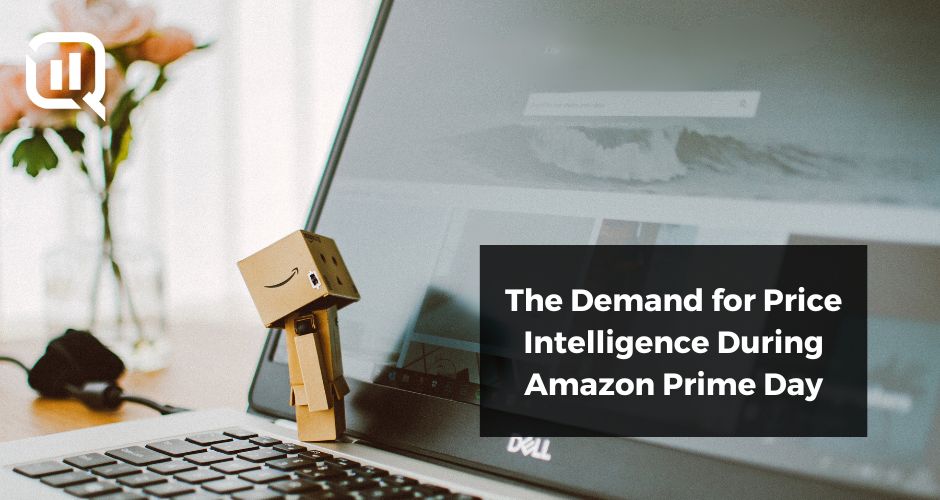Unlike my own birthday, Amazon’s annual worldwide birthday celebration, Prime Day, has become more recognizable than several federal holidays (looking at you, Columbus Day). Since its inauguration in 2015, Amazon has done an incredible job building up hype and enthusiasm for their multi-day deal extravaganza. Their whole website becomes a bright cacophony of flash sales, alerts and can’t miss deals. For many consumers, the larger purchases that they’ve been considering since America’s other famous retail holiday, “Black Friday,” are added to online shopping carts for this week of savings at Amazon.
One of the reasons that Prime Day is so successful and popular is because Amazon has become the one stop shop for pretty much everything one could ever want to buy. Even if there’s only a single consumer in the world that would buy a particular product, there’s a pretty good shot that Amazon has that product available through one of its supply networks. Another retailer or ecommerce platform, like Best Buy for example, could never pull off a deal extravaganza at the same level as Amazon because they don’t have the necessary breadth of products for sale.
Clinging to Amazon’s Coattails
Because of the existing disparity in promotional reach, there are always dozens of other stores offering blockbuster prices during Prime Day as well. Best Buy ran a “Black Friday in July” special, Walmart promoted “Walmart Plus Week” and Target pushed a similar “Target Circle Week”. Amazon brings interested shoppers to their website with the big flashy “Prime Day” advertising and word of mouth buzz, while the other retailers hope to capture some sales of their own once those browsing shoppers move on from Amazon. It reminds me of the commensalistic relationship between whales and the marine birds that surround it when it feeds to feast on the remains of its meal!
During these special summer savings, the pricing analysts at the retailers competing with Amazon are very focused on the prices that Amazon and their other industry competitors are setting. Standard pricing practices and price bands fly out the window for the special two day period when product prices drop (or are perceived to have dropped).
Staying Competitive on Price
Retail holidays like Prime Day drive considerable amounts of retailer’s annual revenues, so if they are perceived to not have the great deals that consumers are expecting, those retailers are likely to be left out of purchase decisions. To that end, there were undoubtedly legions of pricing analysts that were constantly doing manual price comparisons throughout this week to ensure their product lines remained competitive. This sounds stressful and time consuming!
QL2’s competitive intelligence platform for retail, OptiPrice, reduces the need for manual data collection during sales events. Instead, our price searching product collects pricing information in the early morning for pricing analysts to make price updates throughout the day. QL2 has several customers that increased their frequency of data collection from once per day to multiple refreshes per day during the Prime Day specials in order to fully capture up to date competitive rankings.
While Amazon Prime Day may now be over, the post-Thanksgiving shopping rush, as well as countless other retailer specific mega sales will still be happening throughout the year. There are many retail holidays and sales events on the calendar, and retailers need to be prepared to compete on price during all of those events. In order to stay competitive by being perceived by consumers as offering a worthwhile deal, exploring competitor intelligence pricing tools to stay on top of crucial price positions hour by hour may make those future deal days more efficient and less demanding for price analysts.

Helping product/merchandising teams identify pricing gaps to maximize sales and profitability.

